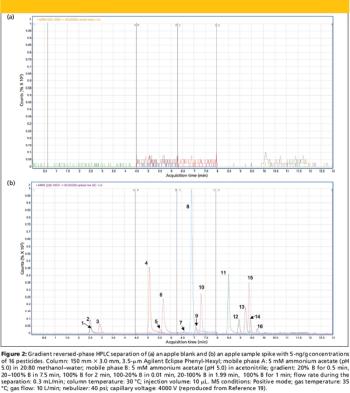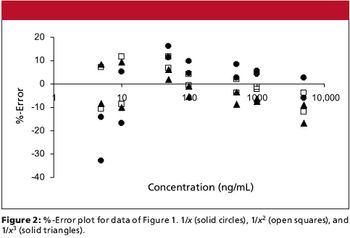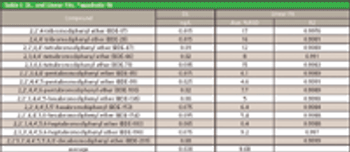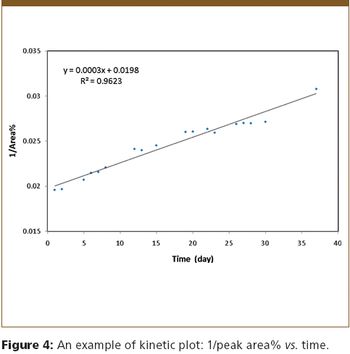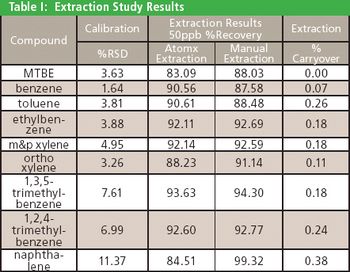Human health not only depends on providing good medical care, but also on the priority given to prevent exposure to environmental and other health risks. Persistent Organic Pollutants (POPs) are organic compounds typically of anthropogenic origin that resist degradation and accumulate in the food chain and are associated with adverse effects on human health and the environment (1). Due to their toxicity to humans, at much lower concentration than other pollutants, it is important to monitor compounds like polychlorinated dioxins/furans PCDD/Fs, DLPCBs, BDEs, and PCNs. More sophisticated requirements are needed for their analysis. In the past, extraction and clean-up of POPs present in fish and biota samples were conducted with procedures such as Soxhlet extraction, acid digestion, and liquid-liquid extraction. The clean-up of these samples was accomplished through chromatographic columns using different types of adsorption media such as silica, alumina, and carbon. These analytical methods used for analysis..






